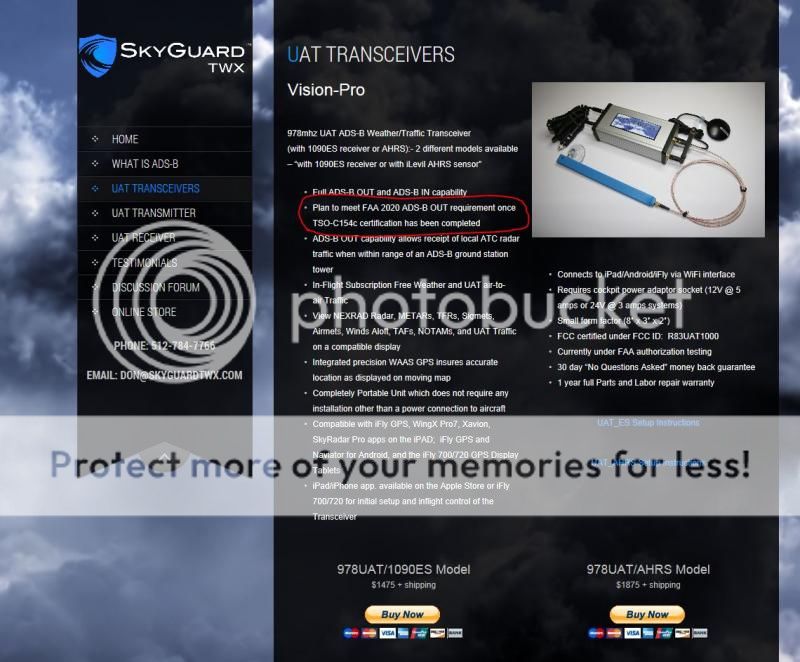NoHeat
En-Route
There's an article in the WSJ that's about Transportation Dept. Inspector General's report about ADS-B.
Some of the points:
- Costs will exceed benefits by $588 million
- FAA isn't up to speed on training controllers to use NexGen
- Airlines aren't equipping for ADS-B yet because they don't see a benefit until controllers can use it.
- The project to build 634 towers is done. Except that after building them, they discovered coverage gaps that require 200 more towers.
- Here's the part that upset me: "the Aircraft Owners and Pilots Association, the trade group for general aviation, declined to comment."
WTF! AOPA is supposed to be an advocacy group. If the biggest national newspaper calls to interview about something that's big for all its members, AOPA should absolutely be ready to speak for us. Instead, they were asleep. No comment - bah!
Some of the points:
- Costs will exceed benefits by $588 million
- FAA isn't up to speed on training controllers to use NexGen
- Airlines aren't equipping for ADS-B yet because they don't see a benefit until controllers can use it.
- The project to build 634 towers is done. Except that after building them, they discovered coverage gaps that require 200 more towers.
- Here's the part that upset me: "the Aircraft Owners and Pilots Association, the trade group for general aviation, declined to comment."
WTF! AOPA is supposed to be an advocacy group. If the biggest national newspaper calls to interview about something that's big for all its members, AOPA should absolutely be ready to speak for us. Instead, they were asleep. No comment - bah!




